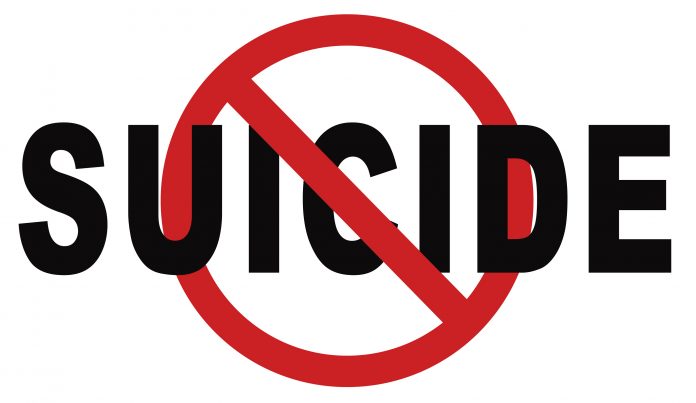According to the Centers for Disease Control, the suicide rate was highest among adults aged 45 to 64 years old and second highest for those 85 years and older. Overall, an estimated 10,189 older Americans, or those 60 years old and above, died from suicide in 2013.
Suicides are especially high among older, white males, and the rate of suicide among white males aged 85 years and older is more than four times higher than the nation’s overall rate of suicide. If you are an older adult who is struggling with suicidal thoughts, the following tips may help guide you.
1. Medicare covers mental health services
Some older adults avoid seeking help when they have suicidal thoughts because they fear they will not be able to afford medical treatment. The truth is that Medicare does cover mental health services. Medicare Part A, or hospital insurance, includes mental health care if you are a hospital inpatient.
Medicare Part B, or medical insurance, helps cover mental health services from a doctor or visits with a psychiatrist, clinical psychologist, or clinical social worker. Medicare Part D, or prescription drug coverage, also helps to cover the drugs that a doctor may prescribe to you to treat a mental health condition.
2. Be aware of the triggers of your suicidal thoughts
Certain life events or milestones may have triggered your suicidal thoughts. If you can pinpoint those events, or if you can prepare for them ahead of time by discussing your feelings and thoughts with a medical professional, you will have a much easier time dealing with them.
One life event that triggers suicidal thoughts in the elderly is a significant loss. The loss may be the death of a loved one or pet or a divorce. Some older adults also worry about the loss of self, as they may be forced to move out of their homes, give up their driver’s license, or accept assistance in order to remain in their home. Fear of losing independence often causes overwhelming anxiety in older Americans.
Another life event that triggers suicidal thoughts in the elderly is being diagnosed with a medical condition. These older adults may have a chronic illness, be given a cancer diagnosis, or begin to lose the ability to walk or be active because of physical impairment. Fears about being a burden on loved ones often lead older adults to contemplate suicide.
3. Share your concerns about depression with a family member or doctor
Unfortunately, one medical condition that is the leading cause of suicide in older adults often goes undiagnosed: depression. Sadly, depression goes undiagnosed and untreated in older Americans usually because of the misperception that older people are sadder and lonelier than younger people and because depression symptoms may be different in older people than they are in younger people.
Depression symptoms may include sadness, feelings of worthlessness, irritability, fatigue, crying spells, apathy, restlessness, lack of concentration, withdrawal, sleep problems, changes in appetite, thoughts of suicide, and physical aches and pains. It is also important to note that older men are more likely to die from suicide because they are better at masking the symptoms of depression because they have been taught to bottle up their emotions from a young age.
One of the best pieces of advice for older adults who are contemplating suicide is to share their feelings with a family member or doctor. Being evaluated for depression is an important step toward improving your quality of life and staving off suicidal thoughts.
4. Be aware of alcohol abuse
Sometimes, older adults struggle with alcohol abuse. They may drink because of their depression, or they may make their depression worse by drinking. They may drink because their children have left home, they have retired, they have moved into a different home, their friends are leaving them for nursing homes or have died, their loved one has died, or they have physical ailments that prevent them from living as they would like to.
This dangerous cycle of drinking and having depression can lead to suicide, as alcohol is a factor in more than 25% of all suicides in the United States and more than 33% of suicide victims used alcohol just before their death. In fact, suicide is 120 times more common among adult alcoholics than in the general population.
You must be aware of your drinking habits and be honest with yourself, your family members, and your doctor if you think that you have an alcohol abuse problem or are an alcoholic. Some signs that you have a drinking problem include drinking alone or in secret, having a ritual of drinking before or during or after dinner, losing interest in your hobbies or fun activities, drinking even though you were advised not to mix alcohol and your prescription medication, feeling hostile or depressed, or experiencing memory loss or confusion.
If you are an older adult who is contemplating suicide, you need to tell someone and seek help immediately. The National Suicide Prevention Lifeline is 1-800-273-8255, and there are resources available online. Remember there is help and you are not alone.
This article is intended for informational purposes only. If you or someone you knows is experiencing thoughts of suicide, please seek help immediately.

























